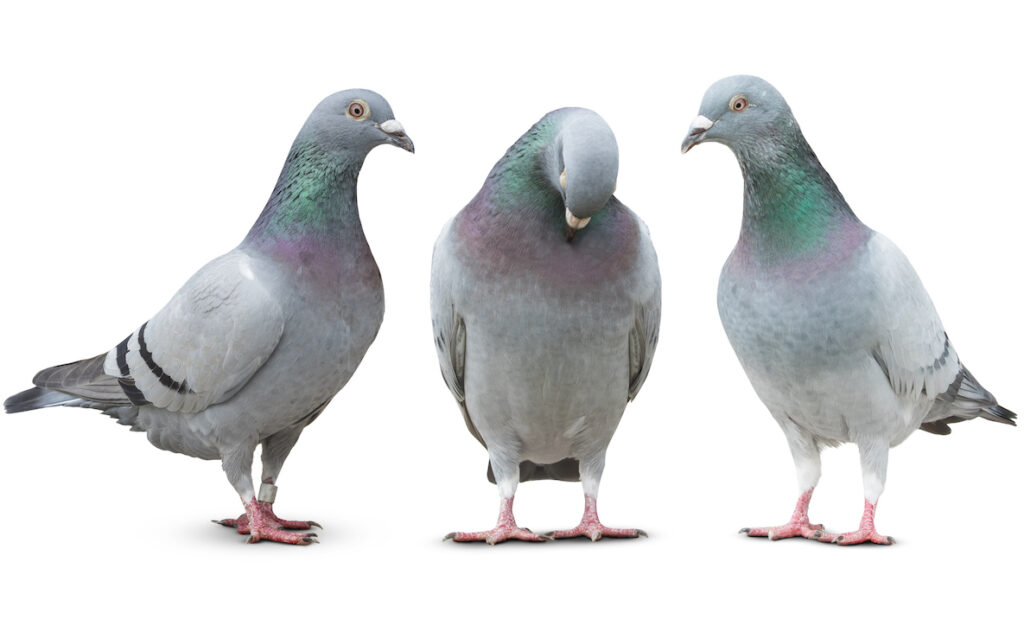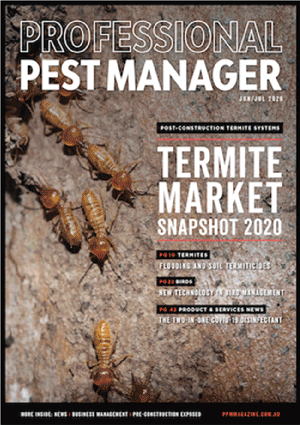Pigeon (Columba livia)

Other common names:
The more correct common name for the common pigeon is the rock dove
Invasive / native:
Invasive
Distribution:
Found worldwide, adapts well to most climatic conditions. In Australia the pigeon can be found virtually anywhere that humans are living.
Pigeon identification:
Grey bird with two black bars on each wing. Neck and upper breast feathers with a green / purple sheen.
- Length: Up to 37 cm long
- Wingspan: Up to 72 cm
- Weight: up to 380g
Pigeon Pest Status:
In the urban area the main issues is the large amount of droppings they can produce which damage surfaces. They also carry a range of diseases which can be passed through their droppings.
Their droppings can also damage solar panels.
In rural areas they can cause significant crop damage.
Typical nest location:
In the natural world, as their name (rock dove) suggests, they tend to nest of cliff faces. Nesting on building ledges is therefore second nature. The will nest in roof areas and anywhere on the outside of buildings as long as its protected from weather.
Nesting season:
Pigeons will breed at any time of the year, although peak breeding times are July to February.
They will produced up to 4 broods a year, with 2 eggs in each brood.
Food preferences:
Pigeons are primarily grain feeders but will sample a wide range of different food scraps.
Distinguishing features / behaviours:
Pigeons will congregate in flocks of up to 400 birds.
Birds do not move away from their area of bird, so once established their numbers can build up quickly.
Prevention tips:
Removing potential sources of food will make the area less attractive to pigeons, but to prevent nesting on buildings, it is necessary to employ a pest manager to install the necessary exclusion products.
Professional pest managers can use a range of bird management techniques to control pigeons.
Other pest bird species.


